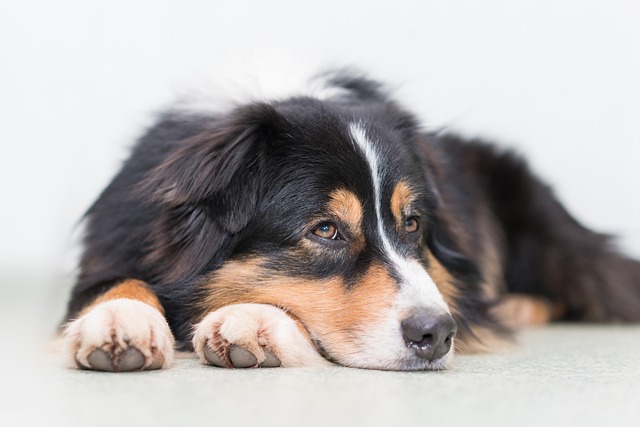
How can I tell if my dog's heatstroke is serious
Let’s be real: It’s a sticky August morning in Los Angeles, and you took your 2-year-old Golden Retriever, Max, for a walk a little later than usual
If you’ve just brought home a fluffy long-haired pup—maybe a Golden Retriever or a Shih Tzu—you’ve probably wondered how to keep their coat from turning into a matted mess. Grooming isn’t just about making them look cute; it’s key to their comfort and health. But how often is “often enough” for a long-haired dog? The answer depends on a few simple factors, but there’s a general rhythm that works for most families.
First, let’s break down the science: long-haired dogs have two coat layers— a soft undercoat and a longer topcoat. Dead fur gets trapped here easily, leading to mats that pull on their skin and cause pain. For most breeds, a weekly deep groom is a must. This means using a slicker brush to work through the undercoat and a metal comb to check for tangles behind the ears or under the legs. If your dog spends a lot of time outside rolling in grass or dirt, you might need to bump this to twice a week—think of it like extra laundry after a messy day at the park.
 Practical steps make grooming less stressful for both of you. Start when your puppy is young—five to six months old—to get them used to the brush. Keep sessions short, 10 to 15 minutes max, and reward them with a tiny treat afterward. Every 6 to 8 weeks, a trip to a professional groomer is smart too; they can trim the hair around the paws (to stop mud from clumping) and the belly (to prevent matting from sitting on the floor). If you rent an apartment, check your lease first—some buildings have rules about pet grooming frequency to keep common areas clean.
Practical steps make grooming less stressful for both of you. Start when your puppy is young—five to six months old—to get them used to the brush. Keep sessions short, 10 to 15 minutes max, and reward them with a tiny treat afterward. Every 6 to 8 weeks, a trip to a professional groomer is smart too; they can trim the hair around the paws (to stop mud from clumping) and the belly (to prevent matting from sitting on the floor). If you rent an apartment, check your lease first—some buildings have rules about pet grooming frequency to keep common areas clean.
It’s also important to tie grooming to local norms and rules. In many places, keeping your dog well-groomed ties into animal welfare—matted fur can lead to skin infections, which could mean a visit from a welfare check if left unaddressed. And while grooming itself isn’t regulated, remember the basics: always clean up after your dog on walks, keep their vaccines up to date (many groomers require this), and never use punishment if they fidget during brushing. Positive reinforcement—like praise or a toy—works way better and builds trust.
Grooming your long-haired dog is about balance: regular at-home care to keep their coat healthy, occasional pro sessions for tricky spots, and aligning with how your family lives. Whether you’re a busy professional who grooms on weekends or a stay-at-home parent who fits it into daily walks, the goal is to keep your pup comfortable and happy. With a little consistency, grooming will stop feeling like a chore and start feeling like a quiet bonding moment with your fluffy friend.

Let’s be real: It’s a sticky August morning in Los Angeles, and you took your 2-year-old Golden Retriever, Max, for a walk a little later than usual

You're enjoying a summer afternoon at the park when you notice your dog has stopped panting and appears disoriented - their gums are bright red

Let’s paint the picture: You’re in your Denver apartment, watching your 4-year-old Boston Terrier, Ruby, plop down mid-play session with her favorite toy

Many dog owners notice their pets nails seem shorter after regular walks,but how much does this daily activity actually help?The answer depends on where you walk—concrete sidewalks or asphalt streets gently file nails as a dog's paws hit the ground

Most dog owners notice their pup scooting across the carpet at some point, but few connect it to impacted anal glands. These small sacs near a dog’s rectum secrete a scent for marking territory

Most vets agree that regular dog teeth cleaning is key to avoiding painful dental issues later. For healthy adult dogs, a professional cleaning at the vet’s office every 12 to 18 months usually works well.